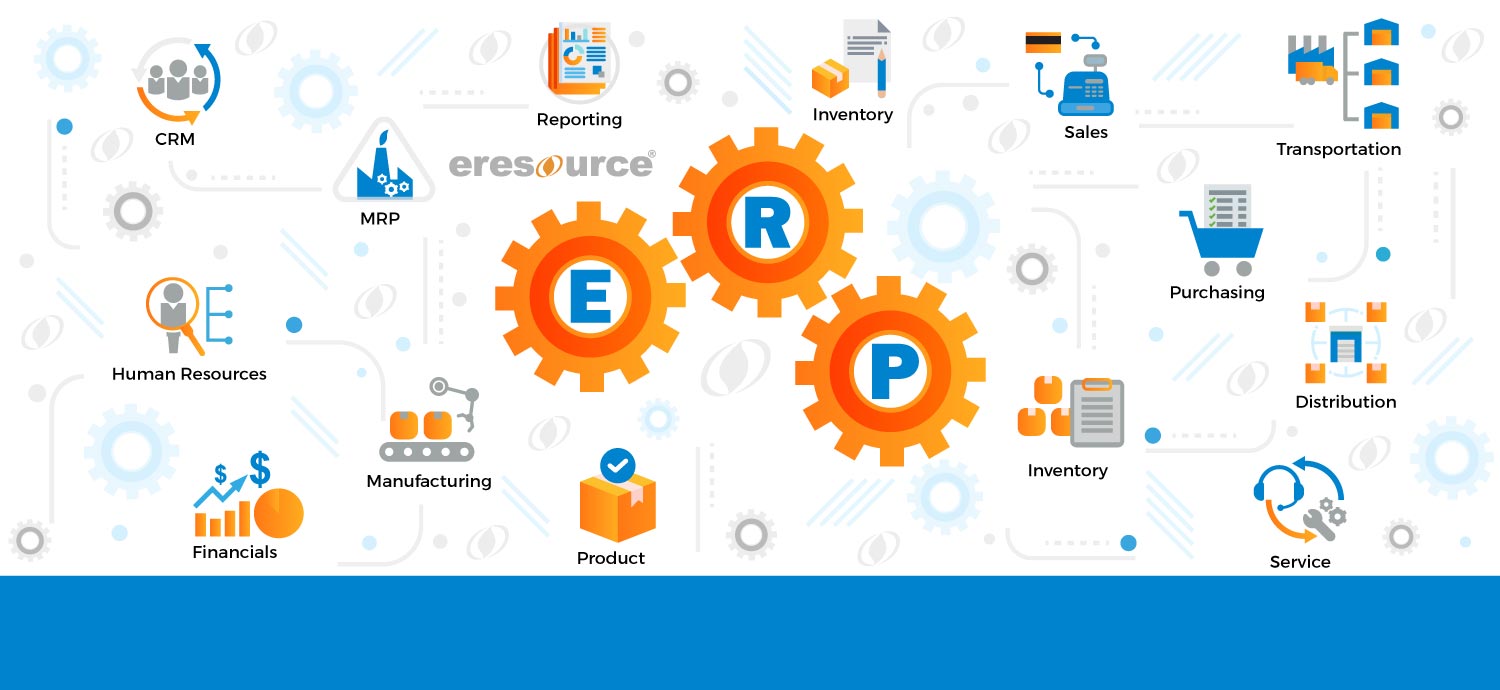A methodical manufacturing ERP implementation starts from the preliminary analysis of ERP readiness audit for the client. What is discussed here is the key issue concerning the implementation methodology. The current business performance of the client, forthcoming strategic plans, investment potentials, culture and general human resource characteristics, expectations, and objective settlings for ERP should included in this analysis. Once the study report is submitted based on the above analysis, the client has to accept the recommendations emphasized on it.
Keeping with the current trend, it will be very risky from the client side to reject ERP based on poor readiness audit results. To sustain competitiveness ERP cannot be substituted by fragmented legacy systems. The only way out is the proper reengineering programme for ERP adoption. Though may seem critical, this is the main focus of the methodology.
A blue print should be drawn with details of migration and other things and scientific analysis of ‘to be adoption’ and its phase-execution to be discussed thoroughly. The activities for the overall implementation programme should be planned with time units. The consulting firms overlook the time required for data collection and policy decisions on masters settings. ERP master setting can be regarded as the heart of ERP implementation.
Sufficient time must be allocated to identify, clarify, validate and simulate the exact information about all the master level entries. In India, such exercise is the only opportunity for the companies to do for their life time better performance. It will not be false to say that an organization of size more than 1000 crores should take at least three months to set Item Master. No consulting company or the client will agree on such figures in today’s jet age. The idea is to sell ERP quickly and to start utilizing it.
One more important element is the parallel user training and knowledge upgrading. The best practice what eresource recommend is to take users to the actual ERP implemented sites to show them the process flow. What you see is the best training you never thought of, especially when you have no idea or clue for such concepts.
What is to be kept in mind while going live is, the time to be planned properly and the organization should be equipped with abilities to face whatever shortcomings they may encounter with. There are ideal implementation methodologies, which not only will keep the customer satisfied, but also will boost the confidence of the users. One of the methods used is mentioned here for readers’ reference.
The method was applied in one of the manufacturing companies. It was recommended ten transactions every day to be carried out in ERP without any entry in legacy system. Then it generated all the documents from ERP as supporting papers for the manual entries and reports. The rest of the entries in a day used to be carried as manual entries in the legacy system. Soon users understood ERP is better on all the grounds. This formula worked wonderfully well for generating confidence and reduction in resistance in users’ mind.
Another question is, should ERP implementation be carried out module wise or all the modules at one go? The answers to these questions are case specific. It will be difficult for to generalize the theory for it. Mostly decision on this depends on the readiness audit result, available strength of consulting human power – both internal and external – relevance of ERP at various sites, timeframe, and the budget. But it is highly recommend that the organization should go for the implementation of all the modules at one site, and then go for roll out strategy for all sites.
Finally, there is a wrong concept about the BPR and ERP system. The main doubt persist in the mind of many decision makers is whether the organization should first carry out BPR and then implement ERP, or vice versa. Actually, one has to understand that the physical form of the BPR concept is the ERP system. In some organizations where BPR is carried out first then ERP was implemented. In all these places, the BPR document was thrown into dustbin and new ‘to be document’ was prepared suitable to ERP.
Such cases clearly show that BPR benefits as such don’t exist without ERP reference, and ERP just cannot be carried out without proper BPR. What we assume is that the BPR must be the outgrowth of ERP implementation and, therefore, it should be carried out during implementation only. But the major element of BPR is the change in the mindset, which can be initiated before ERP adoption, may be during the preliminary analysis by way of user training. The best thing to do in these situations is to carry ‘noiseless BRP’ which triggers the implementation smoothly.
Also Read – ERP for packaging industry
Categories
Register for Free Demo!
Recent Post
-

eresource ERP 360 - an
11th Apr 2019 -

A competitive ERP system for
17th Apr 2019 -

Auto components manufacturing industry has
17th Apr 2019 -

Make the best use of
17th Apr 2019







